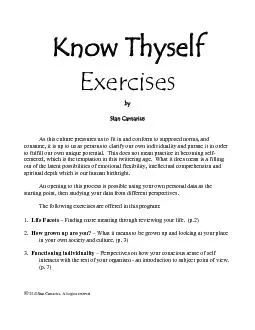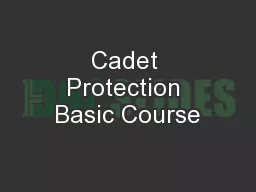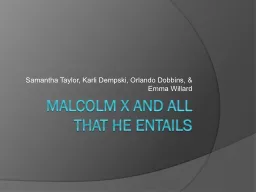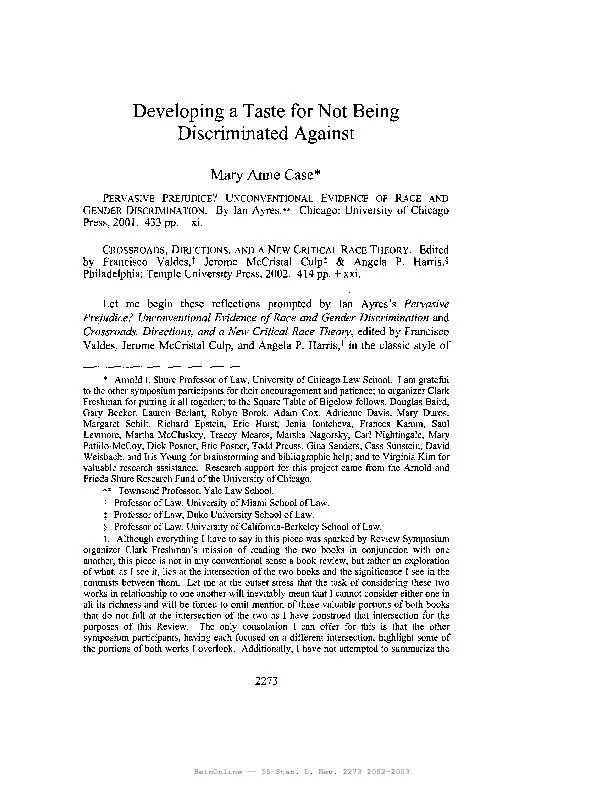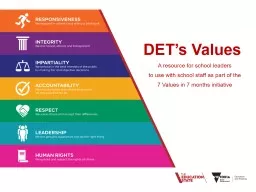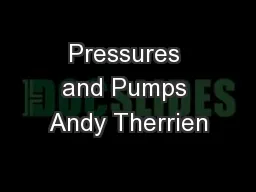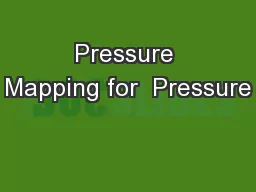PDF-Know Thyself Exercises by Stan Carnarius As this culture pressures
Author : cheryl-pisano | Published Date : 2015-11-15
2YOUR LIFE HAS MANY FACETSThe general impression you have of your life may not do you justice It may be more of a
Presentation Embed Code
Download Presentation
Download Presentation The PPT/PDF document "Know Thyself Exercises by Stan Carnar..." is the property of its rightful owner. Permission is granted to download and print the materials on this website for personal, non-commercial use only, and to display it on your personal computer provided you do not modify the materials and that you retain all copyright notices contained in the materials. By downloading content from our website, you accept the terms of this agreement.
Know Thyself Exercises by Stan Carnarius As this culture pressures: Transcript
Download Rules Of Document
"Know Thyself Exercises by Stan Carnarius As this culture pressures"The content belongs to its owner. You may download and print it for personal use, without modification, and keep all copyright notices. By downloading, you agree to these terms.
Related Documents

